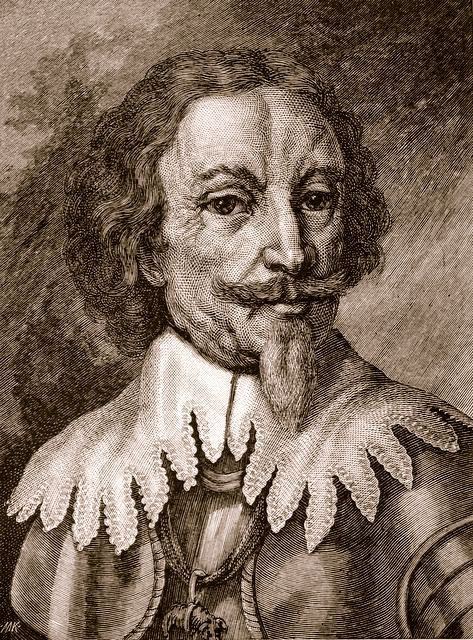 | ||
Peter hagendorf
Peter Hagendorf was a German mercenary soldier in the Thirty Years' War. He wrote a diary which gives a unique historic record of the life in the contemporary army from the viewpoint of a simple Landsknecht.
Contents
His writings were found by chance in 1993 in the manuscript store of the Berlin State Library. The surviving part covers a range of 25 years between 1625 and 1649. The book was folded from 12 sheets of paper which he bought at the end of the war in 1648 to write a fair copy of his notes. The 192 pages tell of a 22,500 km long journey across Europe filled with battles in Italy, the German states, Spanish Netherlands and France. He took part in the Sack of Magdeburg (the devastation was so great that "magdeburgization" became an oft-used term signifying total destruction, rape and pillaging for decades) and the Battle of Nördlingen (1634). He details a life on the verge of death which includes his first wife and seven of his children.
The diary was anonymous. However the author had written down the dates and places of the birth his daughters and where his wife came from. As for one proof the diary says that his daughter Magreta was born on 3. November 1645 in Pappenheim and by chance the church register of that town had survived the war. It has an entry for an Anna Marget on that day with a mother named Anna Maria (equivalent with his wife's name) denoting Peter Hagendorf as the father. Other sources support the notion, for example the first church register (1629–1635) of Engelrod (Lautertal) has the following christening entry: „Eichelhain, Anno 1629, August 17., Elisabeth, Peter Hagendorffs, eines Soldaten von Zerbst Döchterlein ...“
Based on Hagendorf's writing it is now known that many women and children followed in the baggage train, how the division of responsibilities was organized between men and wife in the army camp, how the treatment of wounds was organized, how sieges were announced and how the sack (looting) of an overpowered city took place. Hagendorf fought for the most part in Pappenheim's regiment.
